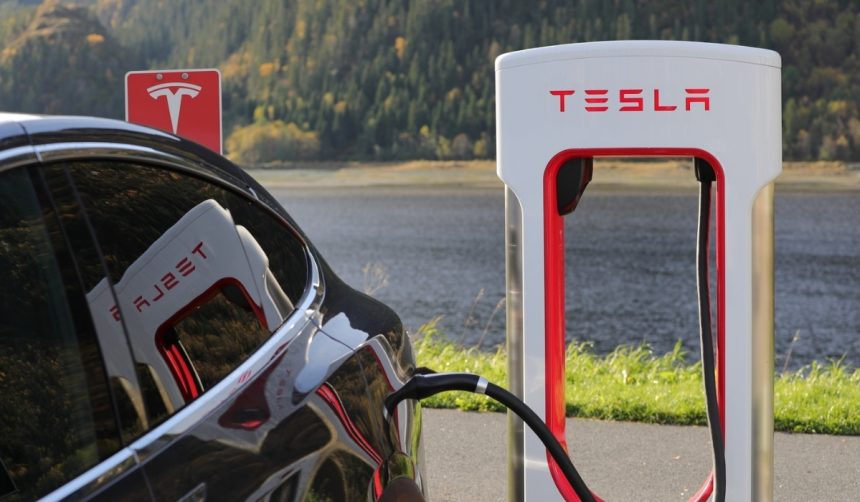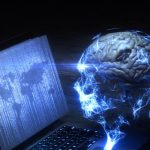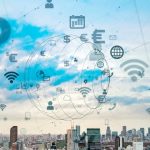Reports have surfaced online of a Tesla Robotaxi safety monitor appearing to fall asleep multiple times during a ride in the San Francisco Bay Area, raising concerns about the effectiveness of safety protocols in autonomous vehicles. The passenger who experienced the incident shared videos and details on a popular online forum, prompting wider discussions about human oversight and passenger safety as self-driving technology advances toward wider adoption. Urban riders in major cities are increasingly relying on autonomous ride-hailing services like Tesla’s, and this case draws attention to both the progress and potential pitfalls in the sector. Ride experience and public trust in autonomous services are now being scrutinized with renewed interest.
Similar claims regarding autonomous vehicle safety have circulated previously, notably involving Waymo and Cruise, where questions about human backup drivers and rider safety were also raised. Those incidents often centered on disengagements or accidents, rather than driver drowsiness. The main difference in this Tesla case is the safety monitor’s repeated lack of alertness, which is captured on video and amplified online. Compared to Austin, Texas, Tesla’s Bay Area operation still mandates a safety monitor for most rides, while other regions allow for expanded testing with fewer or no human supervisors. Such differences in regional regulations and company policies frame ongoing public debate about the roles and responsibilities of both companies and riders as technology progresses.
What Happened During the Tesla Robotaxi Ride?
During one recent ride, the passenger noticed the in-car safety driver losing consciousness at least three times. Each time, Tesla’s in-vehicle safety alert system issued auditory warnings, which ultimately prompted the driver to awaken. The passenger, who had previously used the service without issues, found this instance markedly different and sought to report the event through official support channels. The response—or lack thereof—from Tesla became a topic of discussion, as the company did not provide feedback over the following week.
How Did Tesla Respond to the Incident?
Tesla did not immediately reply to the passenger’s concern, despite their reporting the incident and offering video evidence. The rider stated,
“I reported it through the app to the Robotaxi support team and told them I had videos, but I never got a response.”
After waiting more than a week for an official reply, the individual decided to publicize the experience to highlight potential risks for other users. This lack of engagement from Tesla’s support system has generated further conversation among community members and potential passengers regarding customer support and feedback processes.
Are Regional Policies Impacting Safety Measures?
Tesla’s robotaxi operations feature variations depending on local regulations. In the Bay Area, a safety monitor is required for most rides, whereas Austin, Texas, allows for completely monitorless journeys except for certain highway trips. Tesla has announced plans to eliminate monitors in Austin by year’s end. This regional discrepancy has prompted debate on whether passenger safety relies more on human oversight, technological improvements, or policy frameworks. According to a company spokesperson,
“The presence of a safety monitor is influenced by local regulations and operational requirements.”
The approach to reporting and resolving incidents for autonomous ride services remains under development. As shown here, even advanced systems like Tesla’s Autopilot and ride-hailing apps can encounter human failures, just as potentially as machine errors. The event has prompted those using and regulating similar products to reexamine how best to ensure safety and accountability. Regular rider feedback and transparent company processes will be important as more cities consider permitting driverless or monitored autonomous transportation.
This episode underscores the ongoing balance between automation and human oversight. Cities, companies, and passengers must work together to identify practical expectations and responsibilities in self-driving transportation. As experience with products like Tesla Robotaxi increases, comprehensive data on both technological performance and human involvement will help guide safer autonomous mobility. Riders should remain aware of reporting tools within ride-hailing apps and understand local guidelines regarding safety monitors. The pursuit of dependable autonomous travel will likely include a combination of regulatory input, corporate adaptation, and community vigilance.










